The Morse key used in Titanic disaster
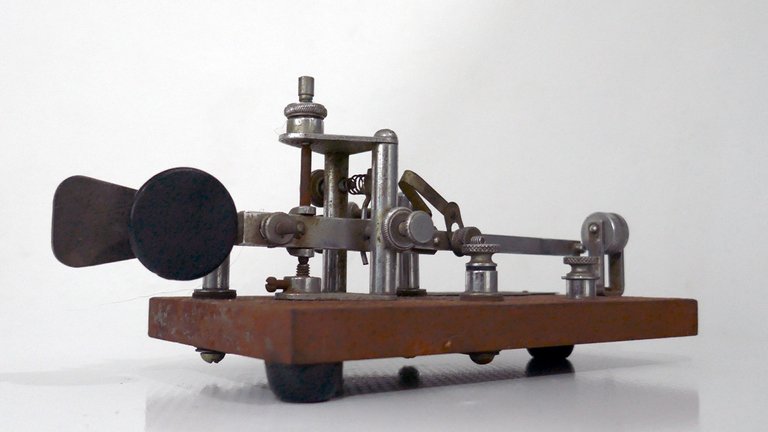
In the early morning of April 15, 1912, the RMS Titanic sank. The British ocean liner, icon of the era and which promised to be the safest of all.
If you know the details of that great movie, which condenses a true story, you will remember that after the impact of the ship with the Iceberg, and after the analysis of its designer and other specialists, they said that the ship would sink in the ocean.
Those in charge of radio communication, issued the SOS distress signals, using a Bug or Key, to communicate via Morse. Only the ship RMS Carpathia, responded, but it would take about 4 hours to reach the scene.
In short, that night 1496 people died, of the 2208 on board.
Knowing that a collection, is from 2 elements, today I want to share with you my 2 keys used for the Morse code. One older than the other, and very similar to the one used on the Titanic.
What is Morse code?
Also called alphabet Morse, it is a system of intermittent communication, represented through 2 types of sound: one short and one long, corresponding to letters and numbers.
The telegrapher who knows this language, operates the key that works as a switch. Coupled, with its cable, to a Short Wave Radio Receiver Emitter.
The signal is turned on when we operate the button or the side paddles, and turns off when they are released. This, in the speaker of the radio equipment, will give the characteristic sound intervals of Morse code: the Dot which is the short beep, and the Dash which is the long one.
The International Morse alphabet consists of 26 letters and 10 numbers, and was used for Telegraphy purposes in 1844.
The Telegraphist is the person trained and qualified to operate this system, and to be able to translate into words, those repetitive sounds, which to the eardrums of the generality of people, are unknown and indecipherable.
My Bug Morse Key:
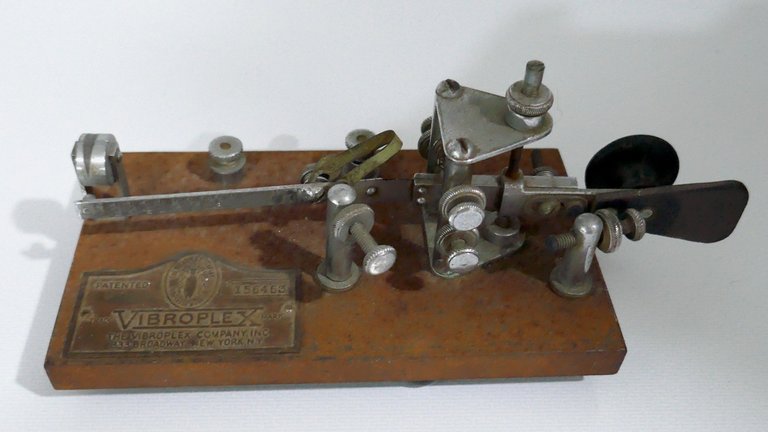
This Vibroplex brand key, made in New York, was manufactured in 1960, but its first models date back to 1904.
I bought it from a person who inherited it from a relative who was a ham radio operator. When I saw it, it transported me to those fateful moments when the telegrapher desperately gave the SOS, calling for help in the cold waters of the Atlantic Ocean.
For that reason, I wanted to buy it, to have in my collections, an old physical object, which holds a great history, and for the variety of uses it has had throughout the development of radio communications.

Other type of key:
This Kenpro brand wrench, model KP-100, was created in Japan in 1978. I also bought it from the person who sold me the previous key.
In this model, the keys are of the side paddle type, where you move each one towards the center and release them to free them.
It integrates an electronic box with adjustable power supply, and its built-in speaker to hear the Morse sounds. It has potentiometers to regulate the intensity and speed of these. Also its external jack in case you want to use headphones.
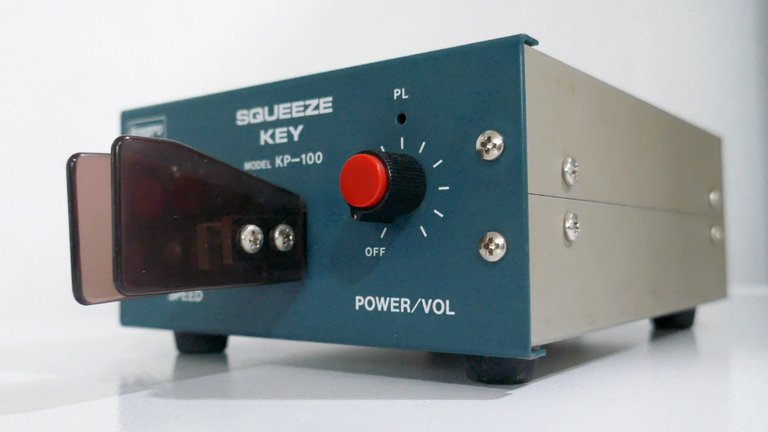
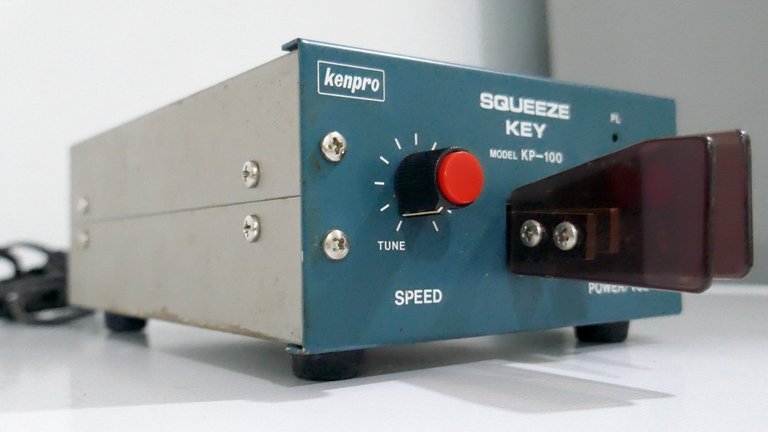
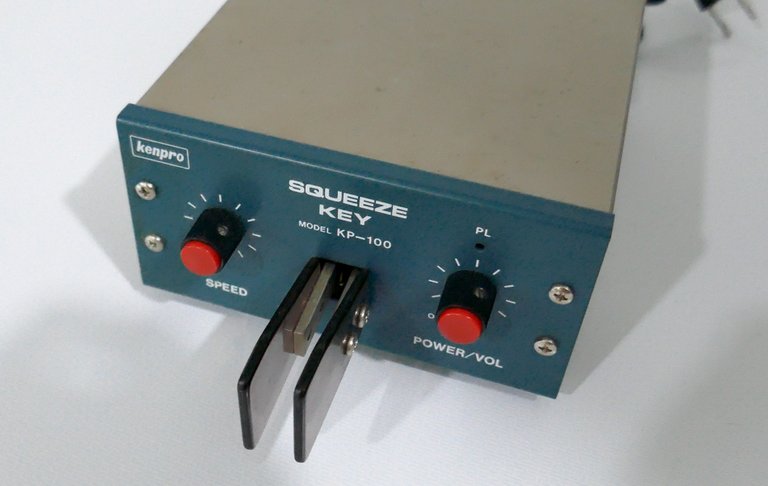
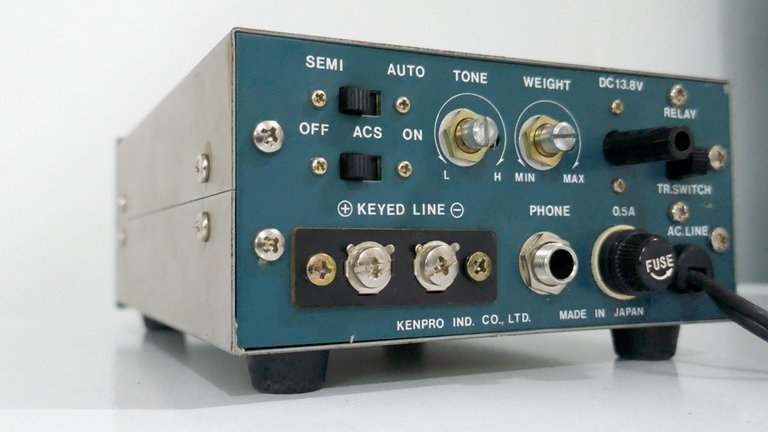
The use of radio communication using the Morse alphabet has become widespread in maritime and aerial transmissions. For military use, it is a technique that sometimes needs to be mastered. I once read that the presidents of certain countries must be able to understand and operate this type of communication.
There are radio amateurs who still use it and communicate with each other. Its use and history is a topic of debate in children's interest circles. The sound and operation of the telegraph key is something that motivates many children.
Well, not just these. It seems that my inner child has also been drawn to these keys, and I have already purchased two.
Thanks to those of you who have visited me, and I wish you a good Wednesday.

Own photos. Camera: Panasonic Lumix model DMC-ZS100
Text divider. Free use from @eve66
Text by Andrés Brunet
References related to the Titanic
Thank you for reading
Welcome your comments
Infinite greetings!
🤓
I am always surprised when I read you. Wow, you sure have done some great research here. On another note, I didn't know that a collection can be called that when it consists of only two objects.
I am also amazed most of the time at my ignorance.
Hi @nanixxx. Research is part of this kind of post.
I think a collection is from 2 items, but the quantity is not the main thing. It is the intention behind it, the motivation that leads you to research the history, preserve the objects and admire them when you see them.
Example: I like wine, and I have at home more than 10 empty bottles that I have not yet discarded. Just because I have several in number, does not mean that they are part of one of my collections. They are current bottles, without a history of interest to me.
I have two Telegraph keys for now, it's something difficult to get, but if others appear, they will surely accompany the ones you met today.